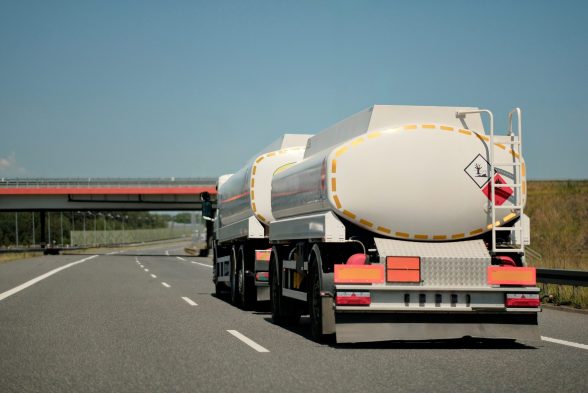Dangerous Goods Supply Chain Faces Hurdles, but Innovation Paves the Way
Labelmaster, in collaboration with the International Air Transport Association (IATA) and Hazardous Cargo Bulletin, has unveiled the results of its 2024 Global Dangerous Goods Confidence Outlook. The annual survey sheds light on both the innovations and challenges facing the dangerous goods (DG) and hazardous materials (hazmat) sectors. The findings highlight strides in digitalization and sustainability, but also point to barriers that continue to hinder progress in safe and compliant transportation.
Read also: Best Practices for Shipping Dangerous Goods Globally
“Like other industries, the DG supply chain is evolving,” said Robert Finn, vice president at Labelmaster. “The good news is that organizations are investing more in digitalization and sustainability. However, these efforts are still met with significant challenges.”
Key Survey Insights:
Digitalization Pushes Forward, but Challenges Remain
83% of respondents reported efforts to digitalize DG operations, with initiatives including e-documentation (52%), virtual training (51%), and paperless regulations (49%).
– 80% faced difficulties, with top challenges being financial investment (86%) and supply chain partner support (86%).
Sustainability in Focus, but Slow Adoption
81% of companies have sustainability initiatives in place, with practices like sustainable packaging and environmentally responsible supplier partnerships. However, barriers such as the current business environment (56%) and lack of data (39%) have slowed adoption.
Persistent Issues with Misdeclared Goods
80% of DG professionals cited misdeclared or undeclared goods as a major issue, and two-thirds found managing new products entering the supply chain challenging.
Future Innovation for Dangerous Goods Supply Chains
Looking ahead, DG professionals are optimistic about future innovations. Some of the most anticipated developments include:
1. Improved data connectivity for faster, transparent operations (74%)
2. Smarter warehouse tools to streamline processes (59%)
3. Quicker access to digital regulatory information (56%)
4. More sustainable packaging options (47%)
Steps Toward a Safer and More Sustainable Future
To overcome these challenges, the industry must focus on three key areas:
Digitalization: Leveraging DG software, such as Labelmaster’s DGIS, for accurate data integration across systems.
Sustainability: Adopting reusable, recyclable packaging, and transitioning to digital publications.
Reducing Misdeclared Goods: Establishing consistent processes and ensuring proper training with eLearning platforms.
Nick Careen, IATA’s senior vice president for operations, safety, and security, emphasizes the importance of digitalization and sustainability, noting that “integrating advanced DG software solutions will streamline operations, improve compliance, and support environmental goals.”
Despite ongoing barriers, the DG industry is poised for significant advancements in the years to come, as technology and sustainability efforts drive innovation forward.





Leave a Reply